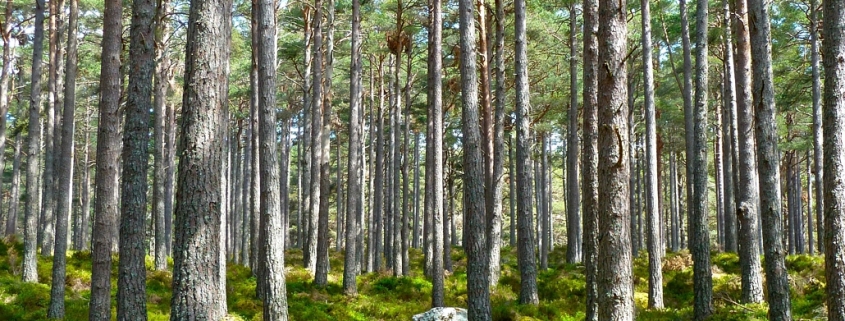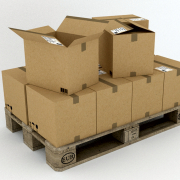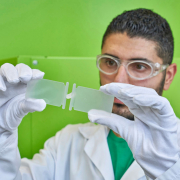The Global Environment Facility
It was almost 30 years ago that a special fund to preserve the environment was founded. The Global Environment Facility (GEF) was established on the eve of the 1992 Rio Earth Summit. Through its strategic investments, the GEF works with partners to tackle the planet’s biggest environmental issues.
The GEF is a partnership of 18 agencies – including United Nations agencies, multilateral development banks, national entities and international NGOs – working with 183 countries to address the world’s most challenging environmental issues, the website www.unenvironment.org informs. “The GEF has a large network of civil society organizations, works closely with the private sector around the world, and receives continuous inputs from an independent evaluation office and a world-class scientific panel.”
Additionally, it is also a financial mechanism for five major international environmental conventions:
- the Minamata Convention on Mercury,
- the Stockholm Convention on Persistent Organic Pollutants (POPs),
- the United Nations Convention on Biological Diversity (UNCBD),
- the United Nations Convention to Combat Desertification (UNCCD) and
- the United Nations Framework Convention on Climate Change (UNFCCC).
According to the United Nations Environment Programme, GEF is also an innovator and catalyst that supports multi-stakeholder alliances to preserve threatened ecosystems on land and in the oceans, build greener cities, boost food security and promote clean energy for a more prosperous, climate-resilient world – leveraging 5.2 US-Dollar in additional financing for every 1 US-Dollar invested. The GEF funds are available to developing countries and countries with economies in transition to meet the objectives of the international environmental conventions and agreements.
Furthermore, the Global Environment Facility is a member of the Platform for Accelerating the Circular Economy (https://pacecircular.org). PACE is a public-private collaboration platform and project accelerator for the circular economy. It currently focuses on four thematic areas with high ecological footprints: Plastics, Electronics & CapitalEquipment, Food & Agriculture, and Textiles & Fashion. The platform hosts projects that generate learning used by leaders for further decision making and investments. At the start of 2020, the PACE community consisted of 75 public, private and civic executive leaders and over 200 members championing 18 tangible projects across the globe. The community is supported by the PACE Hub, a team hosted by the World Resources Institute in The Hague.
(GR12020, Page 6, Photo: Siggy Nowak/Pixabay)







